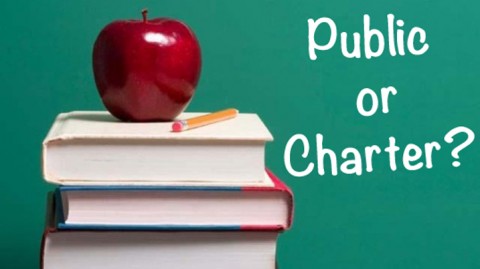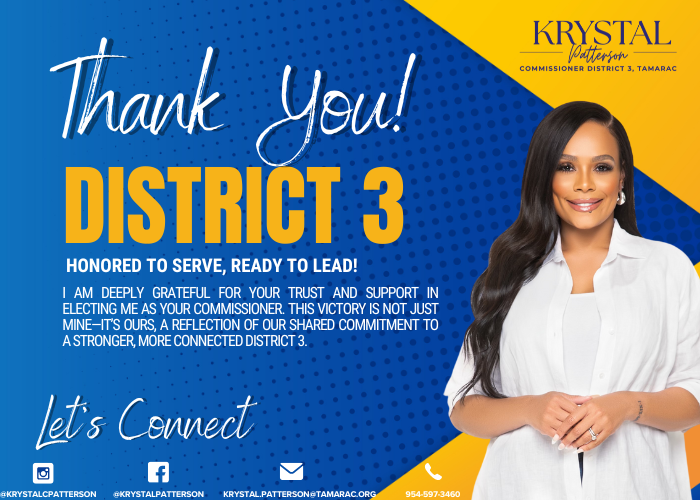By: Sharon Aron Baron
Each year hundreds of parents enter their children’s names into lotteries and wait lists in hopes that their children will be one of the lucky few to be enrolled in Broward County’s charter schools. It is widely regarded that these schools offer a better education than what their children would normally receive in a regular public school.
But, are these charter schools doing anything that the public schools aren’t doing? When looking at serving students from all socioeconomic backgrounds, data shows that Broward County Public Schools are actually outperforming charter schools.
“The results were not what I expected,” said data analyst Andrew Ladanowski, who has one child that attends a charter school and another attending a Broward County Public School said, “I expected slightly better results at charter schools, even with accounting for socioeconomic conditions.”
Socioeconomic status refers to the level of education, income, and professionalism of an individual or group. Studies have shown lower socioeconomic backgrounds can negatively affect a child’s learning. For instance, parents cannot afford reading materials, technology or tutors. Lower socioeconomic status students may have difficulty reading, or English may be their second language. When children do not have a positive learning environment at home, it negatively affects their academic achievement level in school.
This is not saying that children from a lower socioeconomic background cannot go on to achieve success. All the data does is provide a snapshot into what most families already know.
For this study, we are using free lunches as a benchmark for socioeconomic status. According to the USDA, the income eligibility guidelines for a family of two is $20K, for a family of three it’s $25K.
Charter School of Coral Springs, run by Charter Schools USA and Pembroke Pines Charter Schools, an independent school run by the city, are two models that parents will stand behind as being great schools for their children.
If you take the 2010-2011 data from the Florida Department of Education for Coral Springs Charter School, only 22 percent of high school students qualified for free lunches compared to 42 percent at Coral Springs High School which was less than two miles away.
At Pembroke Pines Charter High School, only 12 percent of their students were eligible for the free lunch program as compared to 30 percent at Flanagan High School which was only five miles away.
These two examples mark huge difference in challenges the public schools face who must work with all students and not just the economically advantaged.
This example shows 2013 10th Grade Reading Scores at Coral Springs and Pembroke Pines public and charter High Schools
Ladanowski said, “Initially, people may look at Coral Springs or Flanagan High School and be disappointed, but when they start understanding the link between socioeconomics and a child’s performance, they would then congratulate these two schools. Here, they have two to four times as many kids who live in poverty than the nearby charter schools, and yet have pretty close reading scores to their more affluent charter school neighbors.”
He said that when analyzing schools, we need to compare free lunch, subsidized lunch and other kids, then compare how the schools do in these three categories. This will give you the real picture.
Amanda Ripley author of “The Smartest Kids in the World: And How They Got That Way” comments on the glaring difference between our education and Finland’s. One of the problems is that 25 percent of all children grow up in poverty in the US. “…and in most countries I’ve traveled to, they see poverty and education as linked. You cannot separate them,” Ripley says.
In Broward County Public Schools, 47 percent of all students qualify for free lunches, compared to only 30 percent of all charter school students.
As the data shows, school performance decreases when socioeconomics plays a factor.
If you compare apples to apples, to achieve their A status, public schools are outperforming charter schools by 11 percent.
Charter schools achieve their A grades by working with students from higher socioeconomic backgrounds.
Charter schools claim they do not skim from the top. The process for entering a charter school is by lottery. The data shows, that parents who enter the lottery clearly represent higher socioeconomic status, than non-participants. Should this be changed to ensure that charter schools socioeconomic demographics represent that of the community?
Many times the public focuses on high scoring public schools like Marjory Stoneman Douglas and asks how can we replicate it. We can’t. “The community the school is in is socioeconomically higher than most,” said Ladanowski.
He says our focus should be trying to learn more from a school like Cresthaven Elementary School in Pompano Beach where over 75 percent of the students receive free lunch and they still maintain an “A” status. He said that data shows this should be a “C” school. Schools should find out more about what they are doing there to make students perform better, despite being composed of lower socioeconomic families.
Even after the data shows that public schools perform better, does Ladanowski still support charter schools?
“Yes, besides more data analysis needs to be done, we need to find out why parents are choosing charter schools over public,” said Ladanowski. “When parents leave public schools, surveys should be taken to address these issues: do parents want uniforms, tougher discipline, or smaller schools? Or is it simply because they are not happy with their neighborhood school?”
Author Profile

Latest entries
 NewsMay 11, 2025Best Buds Biff and Doc Hope to Find a Home — Together or Apart
NewsMay 11, 2025Best Buds Biff and Doc Hope to Find a Home — Together or Apart NewsMay 11, 2025Broward County Animal Care to Host Free Pet Wellness Clinic in Pompano Beach on May 23
NewsMay 11, 2025Broward County Animal Care to Host Free Pet Wellness Clinic in Pompano Beach on May 23 NewsMay 9, 2025Tamarac Crime Update: Porch Pirates Steal Package with $1,900 Pool Pump
NewsMay 9, 2025Tamarac Crime Update: Porch Pirates Steal Package with $1,900 Pool Pump NewsMay 8, 2025Former Tamarac Commissioner Mike Gelin Misleads Residents on Meeting Dates as Battery Case Looms
NewsMay 8, 2025Former Tamarac Commissioner Mike Gelin Misleads Residents on Meeting Dates as Battery Case Looms
















